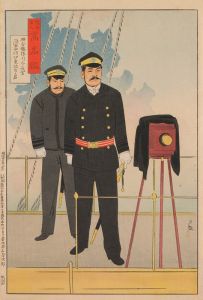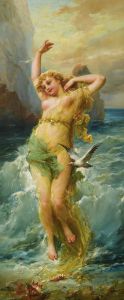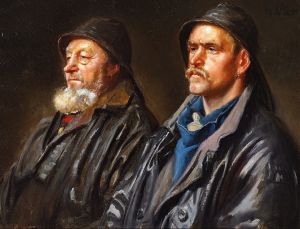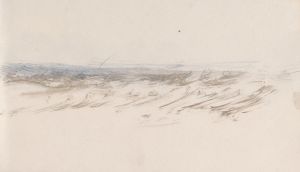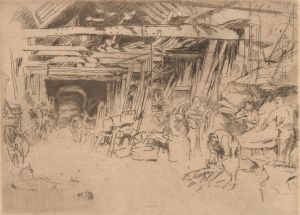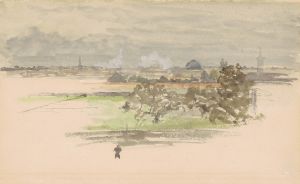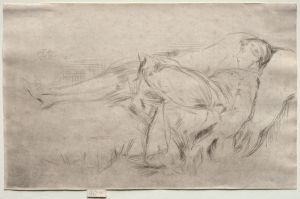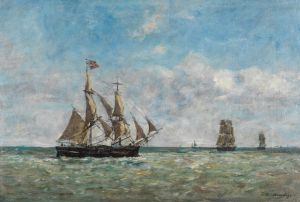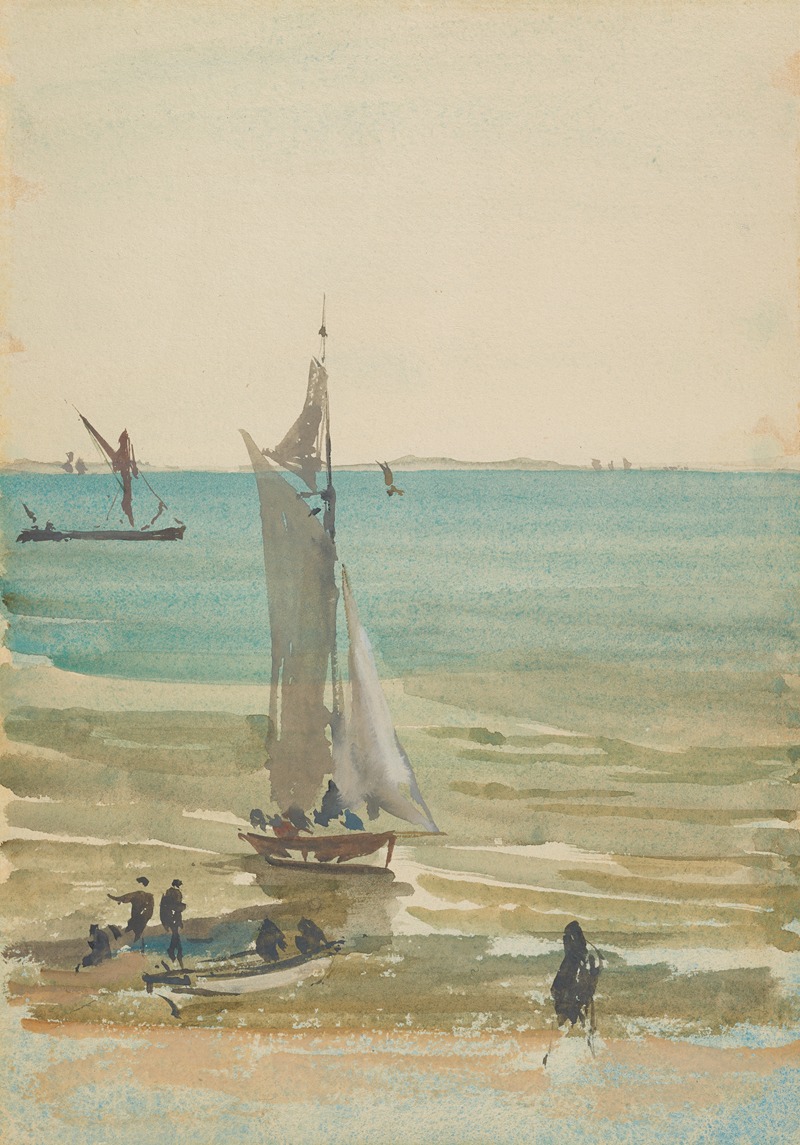
Southend–The Pleasure Yacht
A hand-painted replica of James Abbott McNeill Whistler’s masterpiece Southend–The Pleasure Yacht, meticulously crafted by professional artists to capture the true essence of the original. Each piece is created with museum-quality canvas and rare mineral pigments, carefully painted by experienced artists with delicate brushstrokes and rich, layered colors to perfectly recreate the texture of the original artwork. Unlike machine-printed reproductions, this hand-painted version brings the painting to life, infused with the artist’s emotions and skill in every stroke. Whether for personal collection or home decoration, it instantly elevates the artistic atmosphere of any space.
James Abbott McNeill Whistler was an American artist known for his contributions to the art world during the late 19th century. He was a proponent of the Aesthetic Movement, which emphasized the visual and sensual qualities of art and design over practical, moral, or narrative considerations. Whistler's work often focused on the harmony of color and form, and he was known for his innovative approach to composition and his use of subtle tonal variations.
"Southend–The Pleasure Yacht" is one of Whistler's lesser-known works. Unfortunately, there is limited information available about this specific painting. Whistler's oeuvre includes a wide range of subjects, from portraits to landscapes, and he frequently drew inspiration from his surroundings, whether in London, Paris, or during his travels. His works often reflect his interest in capturing the mood and atmosphere of a scene rather than providing a detailed, realistic depiction.
Whistler's artistic style was heavily influenced by his time in Paris, where he was exposed to the works of the Realists and the emerging Impressionist movement. He developed a unique style that combined elements of both, characterized by a focus on mood and an emphasis on the aesthetic arrangement of color and form. His paintings often feature a limited color palette and a focus on the effects of light and shadow.
While specific details about "Southend–The Pleasure Yacht" are scarce, it is likely that the painting reflects Whistler's interest in maritime subjects, which he explored in several other works. Whistler had a lifelong fascination with the sea, and his maritime paintings often capture the serene and sometimes melancholic beauty of coastal scenes. These works typically feature a harmonious blend of colors and a delicate balance of composition, hallmarks of Whistler's style.
Whistler's approach to art was often controversial, and he was known for his strong opinions on the role of the artist and the purpose of art. He famously stated that "art should be independent of all claptrap – should stand alone," emphasizing his belief in art for art's sake. This philosophy is evident in his work, which often prioritizes aesthetic beauty over narrative content.
Throughout his career, Whistler faced both acclaim and criticism. His work was sometimes misunderstood by critics and the public, but he remained committed to his artistic vision. Today, Whistler is recognized as a pivotal figure in the transition from 19th-century Realism to 20th-century Modernism, and his influence can be seen in the works of many later artists.
In summary, while specific information about "Southend–The Pleasure Yacht" is limited, it can be appreciated within the broader context of Whistler's artistic achievements and his contributions to the Aesthetic Movement. His work continues to be celebrated for its innovative approach to composition, color, and form, and his legacy endures as a testament to the power of art to evoke emotion and beauty.





